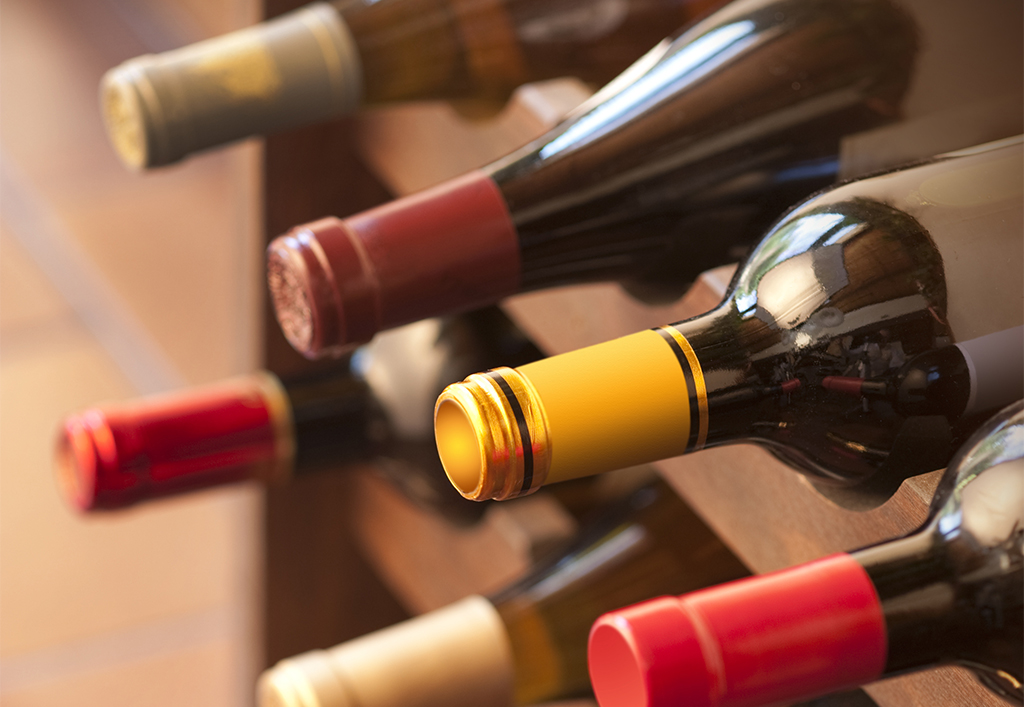
How to care for your wine
The bars and restaurants might be closed, but the nation’s thirst still needs to be slaked. Supermarket drink shelves are running dry; and off-licences and wine merchants have been added to the list of essential shops, in a decision that acknowledges the importance of keeping cheerful in difficult times.
I imagine that many people, keen to maintain social distance and minimise their shopping trips, will be buying more than the odd bottle at the moment, and stocking up on wine, possibly for the first time. How best to look after your wine and make sure it lasts the course over the weeks and months ahead? In small city apartments especially where space is at a premium, caring for wine – even in the short term – can be a logistical challenge. Here are a few tips to make sure your wine stays in top-class condition.
One rule to remember above all: light and heat are the enemy of wine.
Keep your wine cool but, just as importantly, avoid temperature fluctuations. The ideal storage temperature is 12-13 degrees. This is, understandably, not always easy to achieve in a centrally heated flat, but there are some simple precautions you can take. Place your wine rack as far away as possible from the cooking area or any direct sources of heat like a radiator. Kitchen adverts with a pleasantly full wine rack sitting next to the stove may look appealing but are not to be imitated.
Ideally, avoid light altogether but certainly avoid direct sunlight which, as the days get lighter and the weather grows warmer, will subject your wine to temperature spikes that will quickly cause harm.
A deep cupboard in the coolest part of the house would do well (though you may have to do some negotiating with the current user over its change of use).

Keep your wine rack away from hot areas and store bottles on their side.
If the current circumstances have inspired you to start building up a collection of wine, – and you’re not lucky enough to have a cellar – there are specialist wine fridges on the market in which the temperature can be kept constant. They come in many different shapes and sizes and can be used to great effect in the smallest of spaces.
For most wines, oxygen needs to be kept out so wherever you store your wine, it is very important to lay the bottles on their sides whether they have corks or screw tops. This keeps the corks moist for those wines that have them; and, for screw top bottles, maintains a good seal. The exceptions to the no oxygen rule are wines with a high tannin content which need long ageing, and where the oxygen helps the wines to age and develop. Red Bordeaux or Claret as it is often known in the UK is a prime example of wines that needs to age.
The good news is that most wines don’t need to be kept too long before they can be enjoyed. Many white wines can be drunk young – indeed, keeping them too long is counterproductive. There are some white wines – white Burgundies, for example, – that that will develop with age, but, even then, there can be a danger of oxidation if they are kept too long. If you have sweet white wines, such as Sauternes, you can let them age, as they have high levels of acidity as well as sweetness. Rose, that favourite summer wine, should be bought and drunk straight away.
And finally champagne which will keep and age well if properly stored. Even non-vintage benefits from being stored for some months so now might be the time to lay down to lay down a few bottles against the day when this strange and difficult times comes to an end.
Wine making, at all levels, demands hard work, time, attention to detail and skill. By following these basic rules, we can ensure that the end result is kept in the best possible condition for us to enjoy.
TAGS

